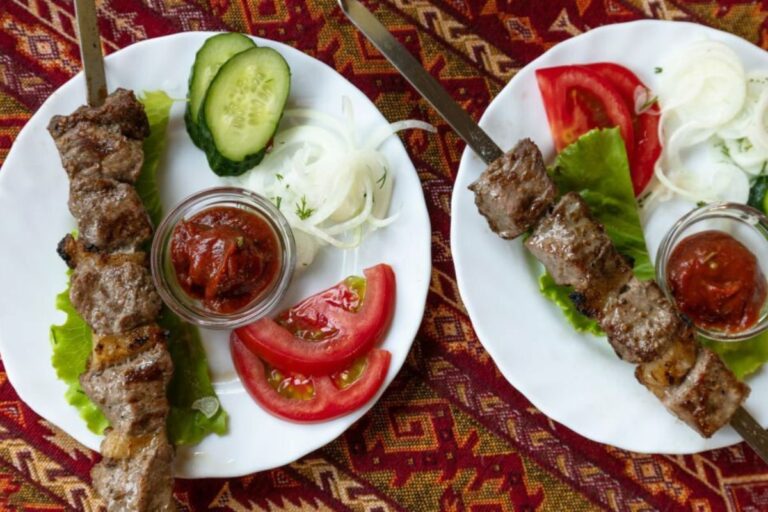Tissariss: The Silent Art of Timeless Weaving
Introduction to Tissariss
In a world overflowing with fast fashion and mass-produced fabrics, Tissariss stands as a quiet, artistic resistance. It is not just a method of making textiles — it is a practice rooted in depth, tradition, and exceptional care. The word “Tissariss” may sound unfamiliar to many, but for those who understand its essence, it embodies artistry, history, and unmatched craftsmanship.
This article explores the world of Tissariss — from its origins and intricate process to its cultural value and future possibilities.
What is Tissariss?
Tissariss is a traditional weaving technique that goes far beyond ordinary cloth-making. It involves a distinct approach to threadwork, design symmetry, and texture control. The final product is not only a textile but also a statement of patience and perfection.
Unlike standard fabric production, which relies on machinery, Tissariss remains largely hand-driven. Each thread is aligned, knotted, and woven under the skilled hands of an artisan. It is a meditative process that cannot be rushed or replicated by automation.
The Origins of Tissariss
While the exact location of Tissariss’s origin is debated, many believe it was born in a region where climate and culture supported hand-weaving traditions — possibly an isolated mountainous village or a river-fed valley where loom-based crafts flourished for generations.
The craft was passed down through oral instruction and silent observation, with young learners watching their elders repeat motions for hours, days, and seasons. A Tissariss apprentice could spend years understanding yarn tension before ever being allowed to begin their first weave.
The Tissariss Process: A Symphony of Precision
Creating a single length of Tissariss textile involves several stages, each demanding concentration and expertise.
1. Yarn Selection
The process starts with selecting high-quality raw materials. Tissariss demands yarns with natural elasticity and fiber strength. Whether it’s spun from fine cotton, soft wool, or plant-based threads, the choice of yarn affects everything — from fabric feel to how it responds to dyes and environmental stress.
2. Thread Preparation
Once the yarn is chosen, it’s gently combed and soaked in natural oils or herbal solutions to make it smooth and resistant to fraying. This step is crucial for achieving the signature evenness found in Tissariss.
3. Loom Calibration
Tissariss artisans often build their own looms, adjusting size, angle, and tension control to suit the specific weave style. The loom becomes a physical extension of the weaver’s skill. Even the slightest misalignment can cause hours of work to unravel.
4. Pattern Weaving
Tissariss is known for geometric fluidity. Its patterns aren’t drawn beforehand but are instead formed through rhythm and repetition. The weaver counts, memorizes, and replicates shapes in real time. Diamonds, spirals, and flowing lines seem to rise from the fabric as if they were meant to be there all along.
5. Color Integration
Unlike surface printing, Tissariss integrates color through dyed threads, carefully interlaced to form subtle shifts and gradients. Some artisans use natural dyes derived from bark, flowers, or minerals, resulting in rich yet earthy tones.
6. Finishing Touches
After the weave is complete, the textile is removed from the loom and checked for tension irregularities. Tiny flaws are corrected by hand, and the edges are often treated with braided finishes or soft stitching.
Why Tissariss is Different
The true distinction of Tissariss lies in its dedication to process. It is not concerned with mass appeal or rapid production. Every inch of fabric carries within it the soul of the artist.
Some key qualities that make Tissariss unique:
- Durability with softness: Despite its delicate appearance, the fabric wears well over time.
- Breathable structure: The weave allows air to pass through, making it ideal for diverse climates.
- Design in motion: Patterns seem to move and shimmer slightly when the fabric shifts.
- Timeless appeal: Tissariss textiles never go out of fashion because they don’t chase trends — they embody artistry.
Cultural and Personal Meaning
In many communities where Tissariss is practiced, it plays a ceremonial role. Families may pass down Tissariss shawls or garments as heirlooms, and textiles made through this technique may mark important life events — births, marriages, and new beginnings.
For the weaver, each piece is a meditation. The repeated hand movements, the quiet sound of the shuttle, and the long hours spent aligning threads foster a state of deep focus and internal stillness. Tissariss is as much about the inner world of the artisan as the outer result.
Modern Challenges
In today’s globalized textile industry, Tissariss faces several challenges:
- Time vs. demand: Handwoven fabrics take weeks to complete, making them less commercially viable for fast retail.
- Skill gap: Fewer young people are willing to dedicate years to learning the process, leading to a decline in skilled artisans.
- Material cost: Natural fibers and dyes are more expensive than synthetic alternatives, increasing production costs.
Still, there’s hope. A small but growing movement is advocating for slow fashion and artisan-made textiles. This change in consumer consciousness is breathing new life into traditions like Tissariss.
Tissariss in Contemporary Design
Though rooted in history, Tissariss is finding space in modern fashion and home design. Designers are collaborating with artisans to create:
- Elegant scarves and stoles
- Hand-finished table runners and wall hangings
- Limited-edition fashion garments
- Eco-friendly gift wraps
By combining traditional weaving with modern aesthetics, Tissariss finds new meaning while preserving its essence.
How to Support the Craft
If you value the kind of work and tradition that Tissariss represents, here’s how you can help sustain it:
- Buy directly from artisan collectives or certified ethical brands.
- Attend cultural fairs or textile exhibits that showcase handmade weaves.
- Educate others about the time, skill, and care that goes into these fabrics.
- Avoid mass-produced imitations that devalue original craftsmanship.
Every piece of Tissariss sold with fair compensation helps keep the art alive.
The Future of Tissariss
The path ahead for Tissariss is one of careful preservation. It doesn’t need to change to fit the modern world. Rather, the world needs to slow down enough to appreciate what Tissariss offers — depth, presence, and purpose in every thread.
Some organizations are documenting the weaving process, recording stories of the artisans, and archiving pattern traditions so that future generations can learn and continue this unique art.
Technology might help preserve Tissariss, not replace it. Augmented reality training tools, digital archives, and global artisan platforms are emerging as new ways to pass down the tradition without losing its authenticity.
Conclusion
Tissariss is not just a textile — it’s a living language of human hands. In its threads are stories of heritage, endurance, and beauty that can’t be hurried or digitized. It reminds us that in a world moving fast, there is power in patience, grace in tradition, and meaning in every meticulous motion.
Choosing a piece of Tissariss is not just a fashion decision. It’s a choice to honor time, skill, and cultural depth. It is an embrace of mindful making in an era of mindless consumption.






